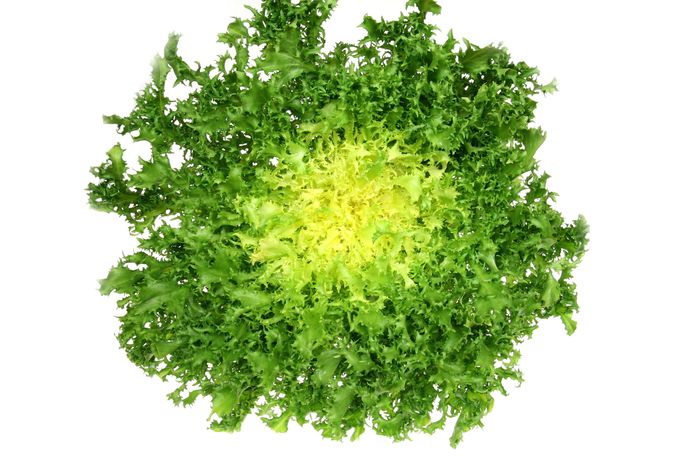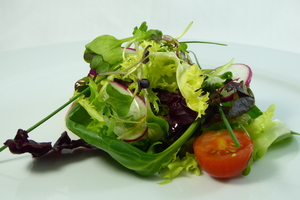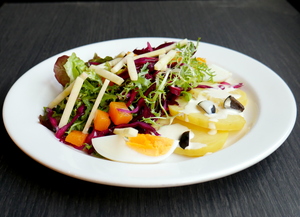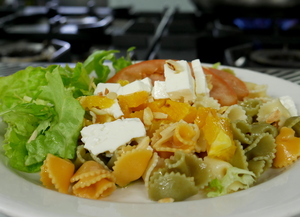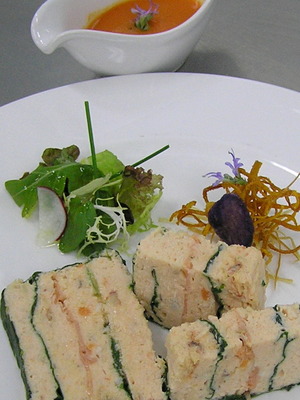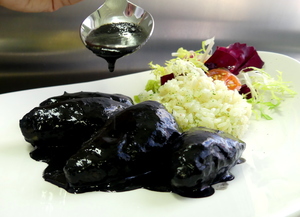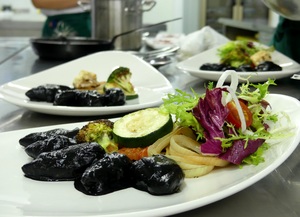Curly endive
The curly endive is a vegetable that belongs to the asteraceae family, with more than a thousand genus and more than 20,000 species. Very few of them are grown. This family’s name comes from the greek word aster (star), they are spotted thanks to how their flowers are made from the fusion of hundreds or even thousands of small flowers, just like the sunflowers. The family provides many kinds of vegetables from different species: of leafs (chicory, lettuce, endive, curly endive), of flower (artichoke) or of stem (thistle). A common trait in many of these plants is that their tissue contains high amounts of latex. The curly endive belongs to the same genus as the chicory.
There are two kinds of it, curly endive and escarole. They both have a hot and slightly sour taste, which enlivens the taste of any salad and contrasts very well with other tastes and with strong vinaigrettes. As we go towards the core, the leaves go lighter in colour and their bitterness diminishes.
The curly endive is not the same as lettuce and in fact it’s used in weight loss diets as it has less liquid than lettuce. The curly endive grows best in winter.
-
Type of dish
- Beers
- Cocktails
- Breakfasts and brunch
- Burguers
- Juices, milkshakes and beverages
- Shellfish
- Bread and pastries
- Pizzas, patty
- Dessert
- Pasta
- Sándwich
- Pastries
- Finger foods
- Ice creams and sorbets
- Legumes
- Salads
- Eggs
- Patty
- liqueur
- Harvard plate
- Main course
- Meats
- Fish
- Birds
- Vegetables
- Soups and creams
- Rices
- Coffee, chocolate and infusion
- Cheeses
- Appetizers and canapes
- Temperature
- Cuisine type
- Additional culinary preparation
- Conservation technique
- Seasonal recipes
-
- Aromatic herbs
- Beverages
- Big game hunt
- Bread and pastries
- Canned goods and pickles
- Cereals
- Condiments, spices and additives
- Cooked, salted, preserved and cold meats
- Dried fruits and nuts
- Dry pulses
- Edible oils and vinegars
- Eggs and derivatives
- Feathered game hunt
- Fish cuts
- Fishes
- Insects
- Kitchen and bakery tecniques
- Kitchen and bakery utensils
- Meat cuts
- Meats
- Milk, cream and derivatives
- Mushrooms
- Offal
- Pasta, rice, flour and derivatives
- Poultry
- Seafood
- Service techniques
- Service utensils
- Vegetables cuts
- Vegetables, fruits, tubers and seaweed

